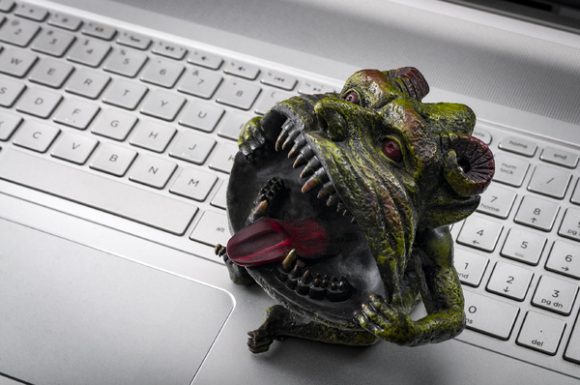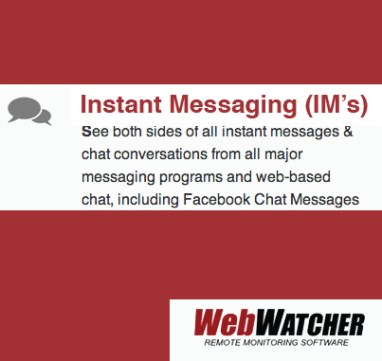Highlights:
- Trolls are in it for attention, not to pick on an individual person.
- There are a number of troll traits, but not all of them are definitive by themselves.
- Kids who know how to identify trolls can better protect themselves.
One of the things that many parents worry about when their kids are online is cyberbullies. They may not picture internet trolls, but some experts believe trolling is a form of cyberbullying.
Like cyberbullying, trolling can have significant negative effects on those on the receiving end. They can experience anxiety, depression, or feelings of isolation. They may feel embarrassed and insecure, experience a drop in self-esteem, or even have difficulty sleeping because of the perceived abuse.
This may not sound reassuring. But trolls are a reality of the internet, and parents of children old enough to be online should be aware of them. The good news is that you don’t have to send your children to the internet unprotected. Instead, you can teach them about trolls — how to recognize them and what they should do if they encounter one.
Parents should also talk to their children about why people troll and how it affects the recipients of it so they will not be tempted to do it to others.
What’s a Troll?
An internet troll is a person who posts material that’s specifically meant to create a strong reaction in response — typically material the troll knows is rude, inflammatory, or upsetting.
What separates the troll from the other types of cyberbully is that trolls tend to target a whole community, not an individual person. They don’t have a specific grudge against an individual. Instead, they are looking for attention or want to push an agenda. They will address anyone who will listen and take on anyone who will respond.
That doesn’t mean that a troll won’t get into a conflict with an individual poster, but often it will happen after the poster replies or reacts to the troll’s original inflammatory post, or when the troll perceives that attacking a specific poster will draw attention to the agenda they’re pushing.
Unlike other types of cyberbullies, they don’t typically come online looking for a specific person they’re angry with or want to humiliate. They’re simply looking for a reaction wherever they can find it. Their victims aren’t necessarily people they know in any other context.
Unfortunately, knowing that the troll didn’t choose them personally doesn’t tend to make a troll’s victims feel any better.
How to Recognize a Troll

Remember, trolls are generally looking for attention and reactions, either for themselves or for their agenda. In some cases, you can head a troll off, or at least keep them from bothering you, by recognizing troll characteristics and perhaps preemptively blocking or avoiding them.
Talk to your children about trolling and what to look for. A good source for educational material is InternetMatters.org, where you can download a guide to tackling hate online, including trolling, to share with younger kids. Teach them how identify a troll so they can recognize them – preferably before they run into one.
Common Troll Behaviors
Most trolls:
- Use a celebrity photo, random photo, or cartoon character as a profile pic instead of a picture of themselves
- Use a nickname rather than a real name
- Have and use lots of memes
- Have few or no followers, though they may follow several accounts themselves
- Tend to take most extreme positions on their pet issues
- Consistently focus and comment on posts about the same issue or set of issues over and over again
- Have a history of offensive posts, attacking comments, and hostile interactions with other commenters
- Attack more than one account at a time
Of course, some of these aren’t definitive all by themselves. Lots of people use profile pictures that aren’t pictures of them or use a nickname instead of their real name, for example, and they do it for all kinds of reasons. If in doubt, you may want to look closer at their account and activity when that information is available.
How Do You Deal With a Troll?

Internet trolls are different from bridge trolls in fairy tales or the lumbering trolls in the Harry Potter series — you can’t get rid of them by solving a riddle or waving a wand. So how do you get rid of them? And what should your kids do when they encounter one?
There are a few options. One is to simply ignore them. You can find that instruction all over the internet: don’t feed the trolls. To an extent, that’s good advice — the troll wants attention, and if they aren’t getting it, they might just go away.
The problem is that trolls can still cause harm with their words and content, and just because a poster is ignoring them doesn’t mean they can’t see them. If the troll is causing harm, it’s time to move onto the next steps.
For kids and teens, those steps are to block, mute, and report. Older teens and adults may make the choice to engage with a troll, at least for a limited period of time, whether to “school” the troll or to publicly refute whatever the troll is saying for the sake of other community members who may read it. Engaging rarely has positive results, however, and usually just fuels the fire.
It’s healthier and far safer (especially for younger children) to report the troll if they’re violating the terms of service and block them so they don’t have to see or hear from the troll again.
Parents should also keep their own eyes on their children’s internet activity. You want to know if your kids are being trolled – or to nip it in the bud if they start displaying trolling behaviors themselves.
To learn more about how WebWatcher can help your kids make healthy tech choices, get our free trial.





